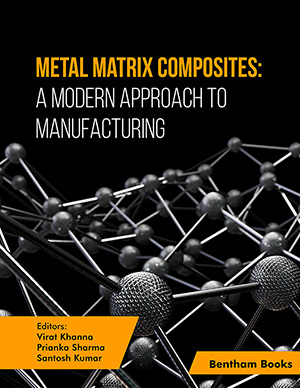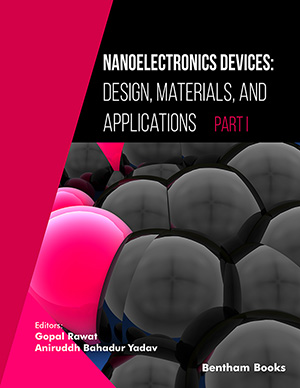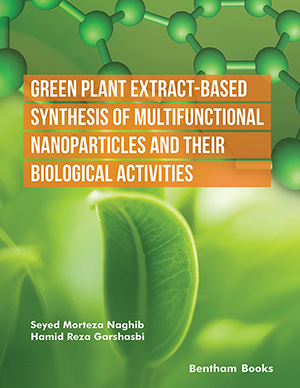Abstract
Background: The fabrication of polymer fibre blends has gained much attention for the development of innovative nanomaterials. Polymer fibre blends are nanomaterials with different functionalities and properties such as a sizeable surface-to-area ratio, high porosity, flexibility, and stability. The focus of this study was to produce zein/PVA fibre blends using the electrospinning technique and varying parameters such as concentration and applied voltage. The two parameters are key driving factors for the production of fibres. Zein as a natural polymer has challenges in developing fibre materials which require artificial polymer like PVA to create a good blending mixture for electrospinning.
Methods: The zein/PVA nanofibre blends were fabricated using the electrospinning technique. The FE-SEM (Leo, Zeiss) was used to study the surface morphologies of the zein/PVA nanofibers blends. The optical properties of the nanofibre blends were determined using the UV-vis spectrophotometer and the chemical structure and composition of zein/PVA nanofibers blends were studied using Thermo Scientific Nicolet iS50-FTIR spectrometer, universal ATR with the diamond detector.
Results: The SEM images showed smooth zein/PVA ribbon-like nanofibre blends of 90/10, 80/20, 70/30, 60/40, and 50/50. SEM images of zein/PVA (80/20) electrospun at 25 kV were obtained to be the maximum fibre yield due to zein/PVA compatibility, increased conductivity, and enhanced fibre formation. The optical properties (absorption spectroscopy) suggested that the zein/PVA (80/20) fibre blend was miscible, and the FTIR spectra confirmed their functional groups. Therefore, the characterization results showed that the polymer blended solutions concentration and applied voltage increment affected fibre size distribution and morphology.
Conclusion: Optimizing concentration and applied voltage successfully produced smooth, uniform bead-free zein/PVA fibre blends as parameters are increased.
Keywords: Fibre, blends, zein, Poly (vinyl alcohol), electrospinning, optimization.
[http://dx.doi.org/10.1021/ja02081a002]
[http://dx.doi.org/10.1021/jf00002a025]
[http://dx.doi.org/10.1016/S0926-6690(00)00064-9]
[http://dx.doi.org/10.1021/jf060632q] [PMID: 16881717]
[http://dx.doi.org/10.1016/j.foodres.2006.08.007]
[http://dx.doi.org/10.1016/j.jfoodeng.2012.09.005]
[http://dx.doi.org/10.1016/j.foodhyd.2015.08.030]
[http://dx.doi.org/10.1016/j.jconrel.2015.03.030] [PMID: 25828699]
[http://dx.doi.org/10.31532/OralHealthDentStud.1.1.001] [PMID: 30863833]
[http://dx.doi.org/10.1080/00914037.2018.1552861]
[http://dx.doi.org/10.1021/bm015533u] [PMID: 11888306]
[http://dx.doi.org/10.1021/bm0494545] [PMID: 15762633]
[http://dx.doi.org/10.1163/092050610X508437]
[http://dx.doi.org/10.1080/00405000.2013.835902]
[http://dx.doi.org/10.1016/B978-0-08-100907-9.00004-0]
[http://dx.doi.org/10.1088/2043-6262/1/4/043002]
[http://dx.doi.org/10.1016/j.ijpharm.2012.08.053] [PMID: 22981688]
[http://dx.doi.org/10.1016/j.indcrop.2013.10.047]
[http://dx.doi.org/10.1016/j.fpsl.2018.10.003]
[http://dx.doi.org/10.1016/j.apsusc.2013.07.164]
[http://dx.doi.org/10.1002/jbm.a.31304] [PMID: 17607759]
[http://dx.doi.org/10.1016/j.eurpolymj.2004.10.027]
[http://dx.doi.org/10.1016/j.colsurfa.2010.05.038]
[http://dx.doi.org/10.1021/jf904088y]
[http://dx.doi.org/10.5004/dwt.2020.26279]
[http://dx.doi.org/10.1007/s10924-009-0128-9]
[http://dx.doi.org/10.1007/s42114-021-00230-3] [PMID: 33748671]
[http://dx.doi.org/10.1002/app.31396]
[http://dx.doi.org/10.1016/j.eurpolymj.2015.01.028]
[http://dx.doi.org/10.1016/S0032-3861(00)00250-0]
[http://dx.doi.org/10.1016/j.materresbull.2015.01.030]
[http://dx.doi.org/10.1063/1.3567097] [PMID: 21522493]
[http://dx.doi.org/10.1002/polb.10015]
[http://dx.doi.org/10.1016/j.eurpolymj.2017.04.035]
[http://dx.doi.org/10.14355/ijmsci.2013.0304.04]
[http://dx.doi.org/10.1002/app.46643]


























